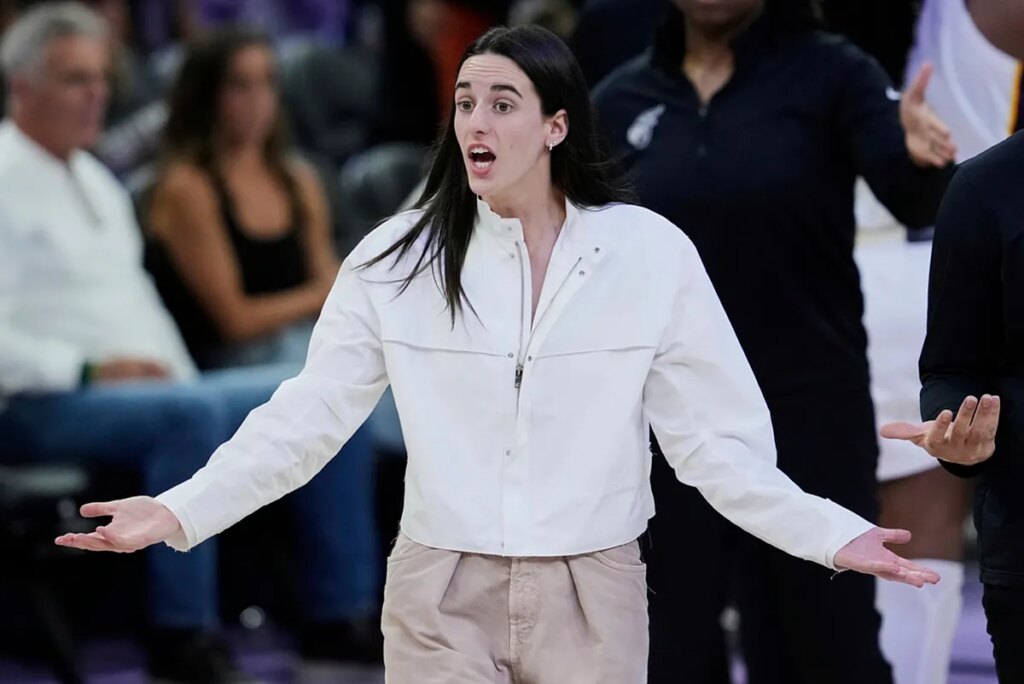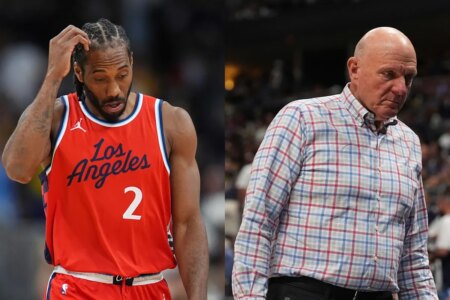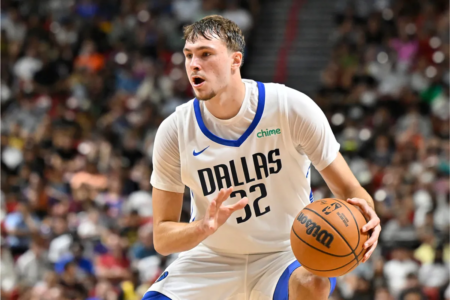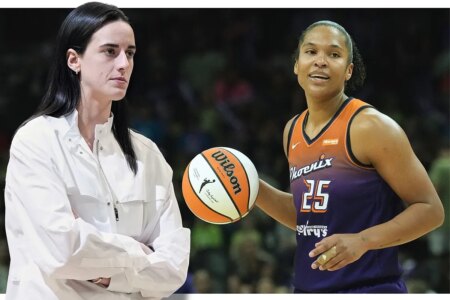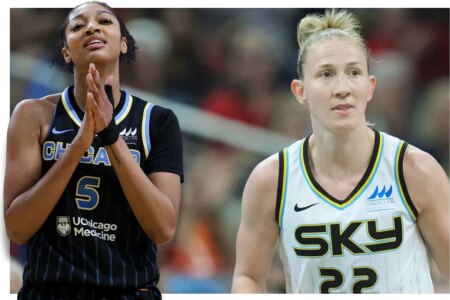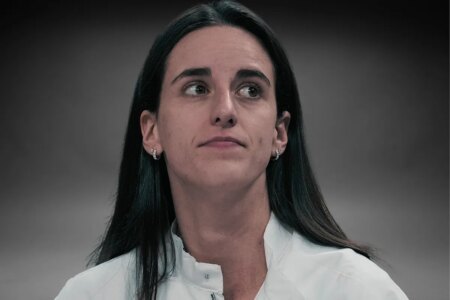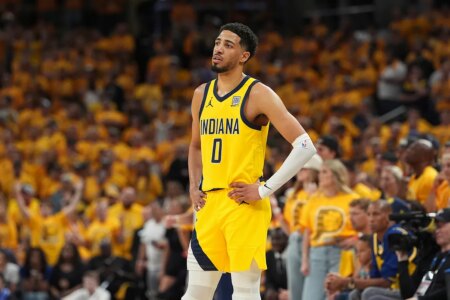The WNBA’s surge over the past two seasons has been tied closely to the rise of Caitlin Clark. The Indiana Fever guard has brought millions of new fans to women’s basketball, driving television ratings, merchandise sales, and sell-out crowds in a way no player before her has managed.
But as Clark‘s sophomore campaign was cut short by a series of injuries, the league is learning what happens when its brightest star isn’t on the court.
League commissioner Cathy Engelbert has often called Clark a “generational talent” and even “the most popular athlete in America,” and the numbers help explain why. Last year’s WNBA Draft – headlined by Clark, drew 2.4 million viewers.
This year, without her, that figure dropped almost in half to 1.25 million. The 2024 All-Star Game peaked at 3.4 million viewers when Clark was active; this summer’s edition fell to 2.2 million. The immediate dip in viewership following her injury stunned analysts.
“When Caitlin Clark went out with injury in the beginning of the season, the viewership dropped over 50 percent leaguewide,” broadcaster Rachel DeMita said.
“LeBron doesn’t have that kind of pull. Steph Curry doesn’t have that kind of pull. Travis Kelce doesn’t have that kind of pull.”
Clark‘s absence has been felt, but the WNBA is not collapsing under the weight of it. Attendance is up across the league, averaging nearly 11,000 fans per game, the highest in more than 20 years.
National broadcasts on ABC have seen a 13 percent jump compared with 2024, showing that momentum hasn’t disappeared even as television ratings for Fever games dropped by more than half when Clark was sidelined.
That balance matters as the WNBA heads into an important stretch. A new collective bargaining agreement is looming, and the league is working to prove that its popularity is sustainable beyond the presence of one player.
Teams such as the expansion Valkyries have drawn record home crowds, while established franchises like the Liberty and Aces continue to build strong fan bases.
The comparison to other leagues also adds perspective. The NFL averaged 17.5 million viewers per game last season. The NBA drew 1.53 million. By contrast, the WNBA averaged 657,000, its best figure in nearly a quarter century. The gap remains wide, but the growth trend is undeniable.
Clark finds a new voice on the sideline
While her injuries kept her out of uniform, Clark has carved out a different role for the Fever. Cameras frequently catch her animated on the bench, pointing out defensive rotations or voicing frustrations to referees.
Indiana head coach Stephanie White credited her for becoming a vocal leader during a difficult stretch.
“Her communication was outstanding,” White said. “She’s seeing different things on the floor and bringing that into huddles. It’s been a big help.”
Clark herself has leaned into the role with humor and perspective. Speaking on Sue Bird’s Bird’s Eye View podcast, she joked: “I feel like I would be a really good ref. I wouldn’t miss a call.”
More seriously, she explained that watching from the sidelines has sharpened her vision of the game, allowing her to think like both a player and a coach.
That presence has been critical for a young Fever roster still finding its identity. Whether pulling Aliyah Boston aside during timeouts or energizing teammates from the bench, Clark continues to set the tone even when she isn’t scoring from deep.
What comes next for Clark?
The challenge now is twofold: for Clark to get healthy and for the WNBA to prove it can thrive while she recovers.
The timing could hardly be more significant, with the playoffs looming and the league eager to show potential sponsors and broadcasters that its growth is not tied solely to one player.
Yet no one disputes Clark‘s impact. She is the rare athlete whose absence is felt immediately across an entire league, a testament to her star power and the attention she has brought to women’s basketball.
As she recovers, the WNBA is banking on the idea that Clark‘s presence has already expanded its audience enough to keep them watching even when she’s not on the court.
If her first two seasons are any indication, her eventual return could send the league surging to even greater heights. For now, the WNBA must navigate life without its most powerful draw, knowing that every empty seat or dip in ratings underscores just how much she matters.
Read the full article here





